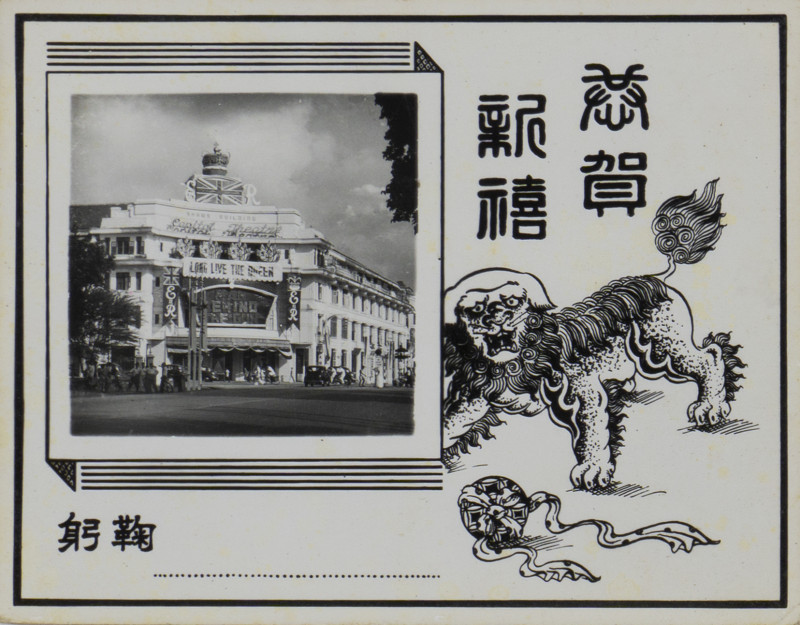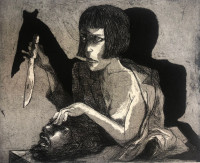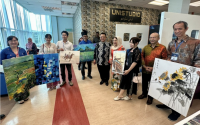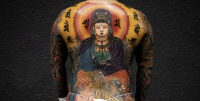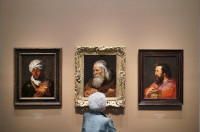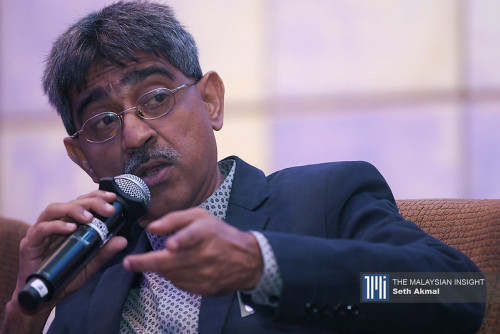“When I photograph, I make love” ~ Alfred Stieglitz ~
IT IS life which flashes before the eyes which best describes Bayangnya itu Timbul Tenggelam (images which materialise and ‘surrenders’), an expansive collection of photographs, mainly belonging to Alex Moh, a pioneer in archiving Malaysia’s photography history for over three decades.
This exhibition also includes images borrowed from Farish Noor, the Penang House of Music, the Malaysia Design Archive and several other parties.
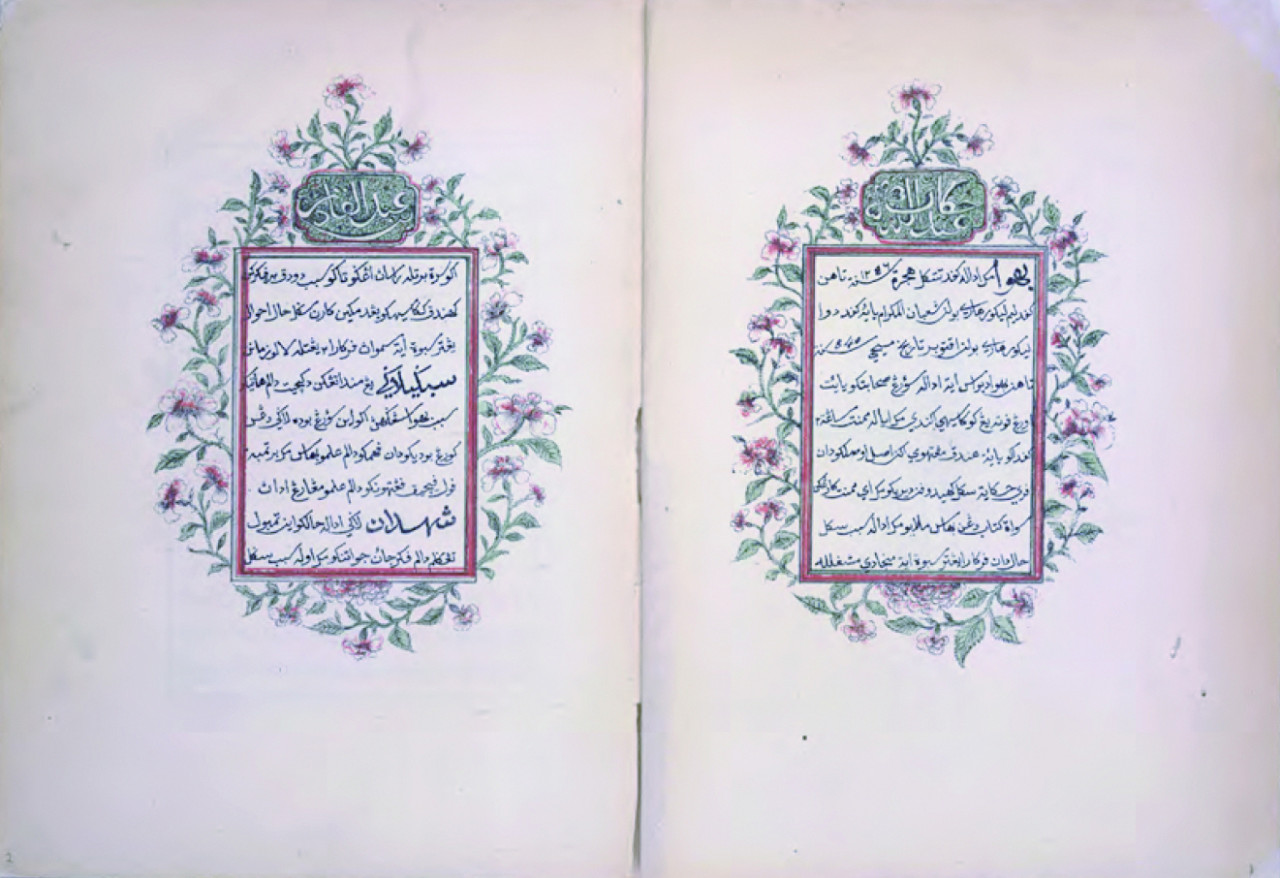
Bayangnya itu Timbul Tenggelam opens with Munsyi Abdullah Kadir’s observations in Jawi script on photography, where he mulled over the accuracy of the photographic image, beholding the daguerreotype and seizing that sense of marvel within the lines of a local and informative structure.
Daguerreotype was the first commercially successful photographic process in the history of the medium, utilising copper plates and chemical substances to manufacture a photograph.
In Munsyi Abdullah Kadir’s Jawi text, Curator Simon Soon remarked, “On a prepared copper sheet, the shadowy maculation is prominent while the highlights seem depressed, causing the Munsyi to cry out, ‘bayangnya itu timbul tenggelam’.”
Working closely with Alex Moh, the curators created themes and ideas: to have a discourse with audiences, offering a solid debate on Malaysia’s photographic history, and how it interacts with the visual culture of an urban environment across the country.
There are around 1,400 photographs and corresponding paraphernalia in this show, and to select which ones to publish is an almost impossible task.
On a wall, there is a sprawling timeline to give viewers an overall introduction, concentrating on general history, as well as technological changes and innovations.
This timeline is made more arresting with the inclusion of more recent scholarship; the discovery of the first female photographer in 1839, the various ways photography is used, anecdotes, and the earliest recorded Malay photographers.
Photography in Malaysia was once a Cantonese-dominated trade, but the timeline digs deeper to excavate the other ‘actors’ involved, and to deepen our understanding of the history of photography in this part of the world.
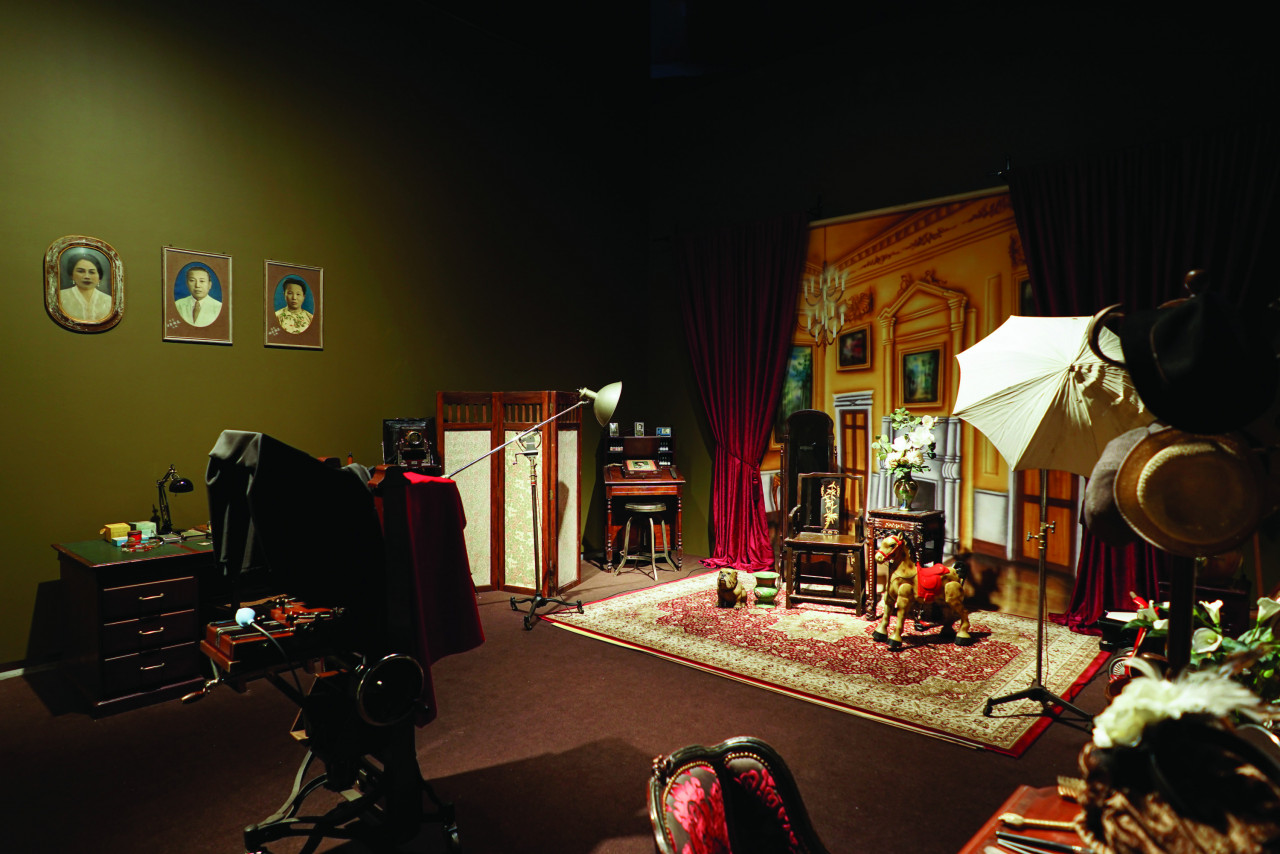
At one end of the exhibition space is a replica of a studio, filled with photographic accessories - wood/ silk screen, a dresser with several types of hairbrushes, a porcelain dog and pony, a Renaissance-inspired backdrop, a table used to develop the images, hats from different eras on a rack, a diffusion umbrella, regal chairs, a camera hooded in black and red fabric, carmine curtains, a delicately-patterned rug, an achromatic camera light, solutions used to print images and the list goes on and on.
It is mind-bending, this exhibition - an astute social commentary and a celebration of fashion.
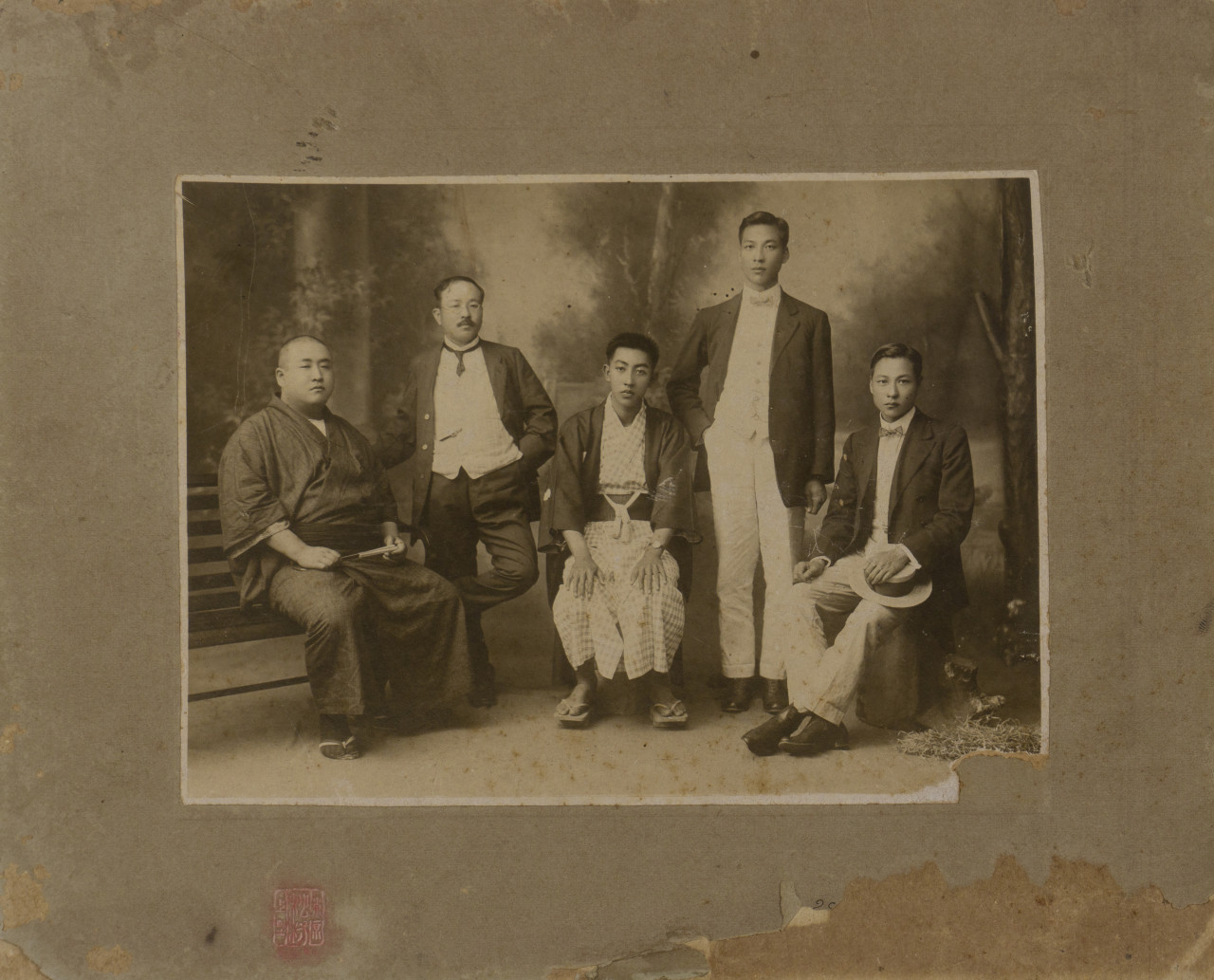
Yes, fashion. Japanese gentlemen posing sombrely in pristine suits and traditional attire, taken before the Second World War, and it is hinted that studio owners and barbershops were part of the Japanese intelligence effort, playing the role of spies.
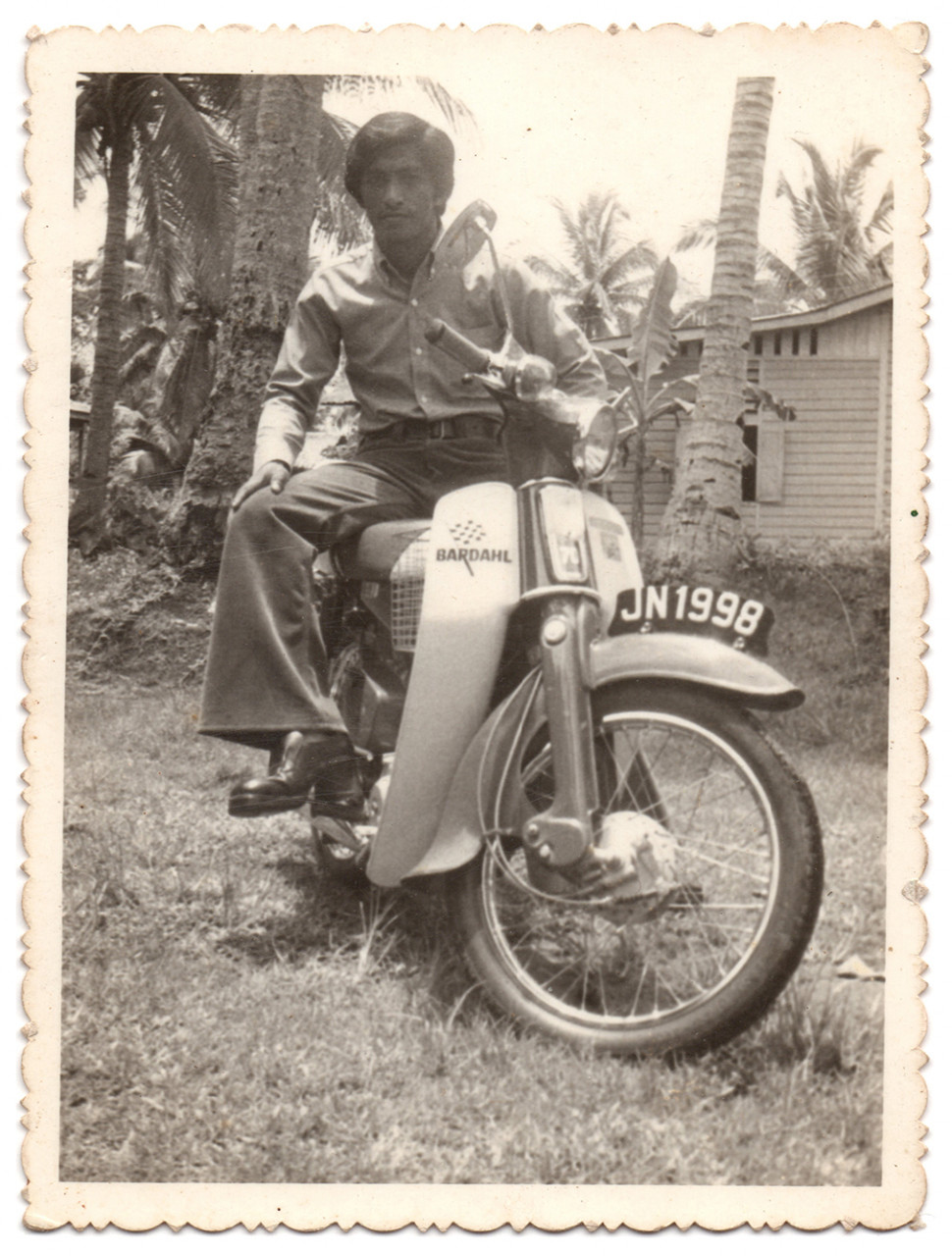
A man wearing bell-bottoms and a long-sleeved shirt (a staple of the fabulous 70s) sitting proudly on his motorcycle with the Bardahl (an oil additive manufacturer established by Norwegian immigrant Ole Bardahl) emblem on the side rim.
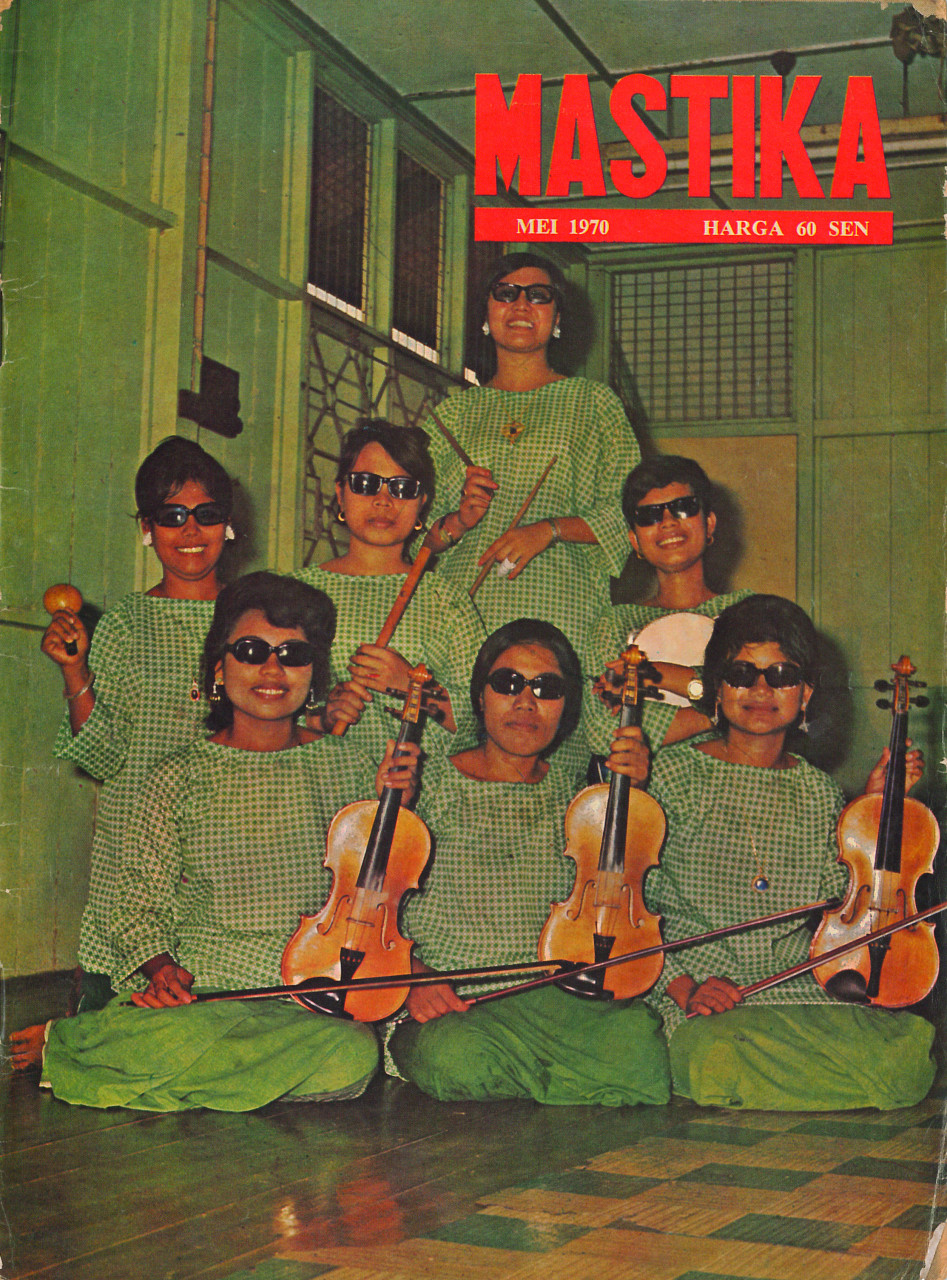
There is a section of album covers which encompass legends such as the debonair singer S.M. Salim in a black traditional Malay outfit (Baju Melayu) and a sarong-like side cloth worn over the outfit (kain samping) made of songket, a band from Terengganu called Pea Bees (famous for their song ‘Sambal Belacan’) in red suede-like jackets with embellished shoulders, dark denim trousers and matching knee length red boots.
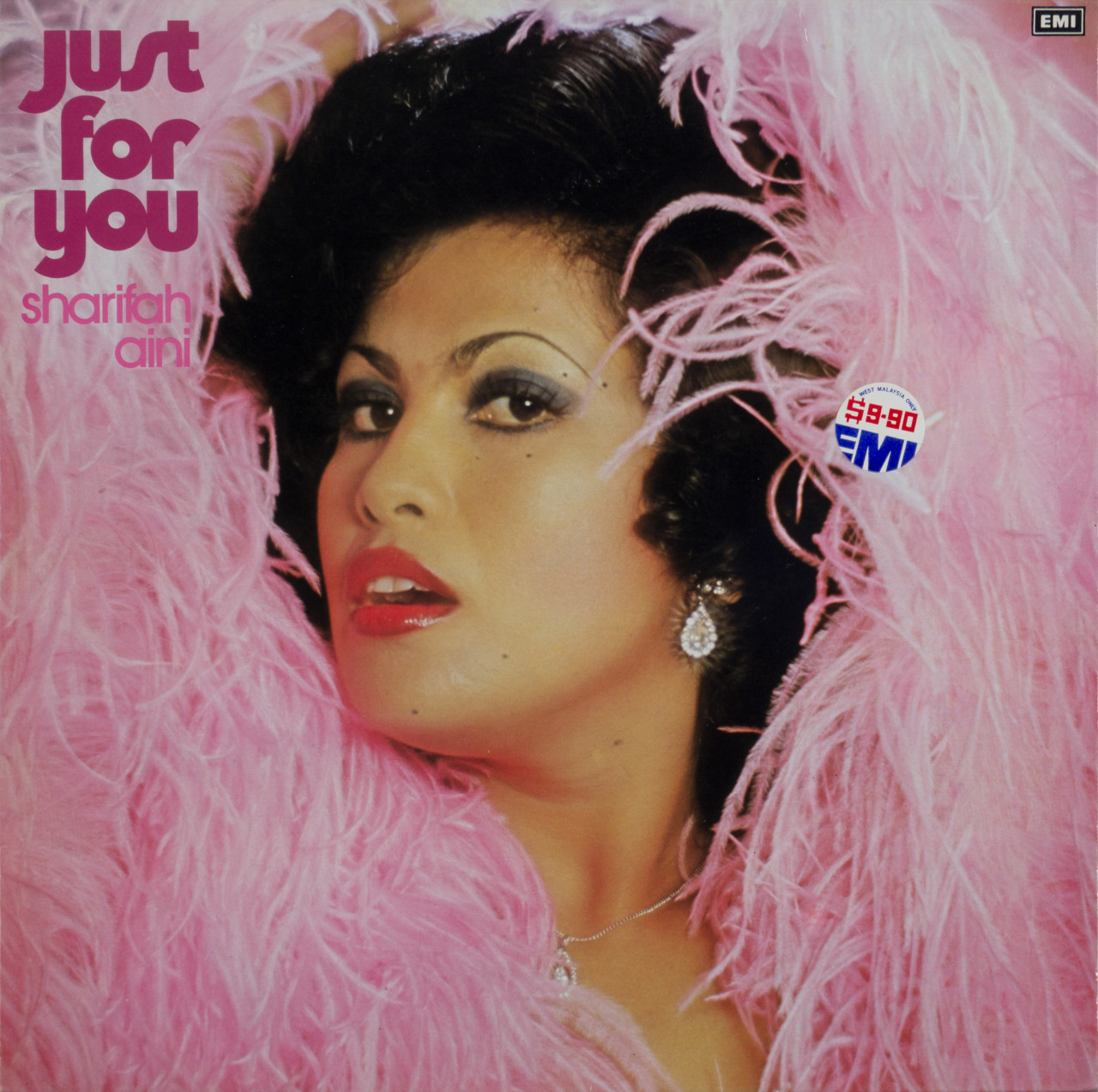
But the prize goes to the ‘immortal’ Sharifah Aini: her volute hair, thinly-drawn eyebrows, ruby lipstick, acherontic eye shadow - her face kissed by pink feathers.
These images, courtesy of The Penang House of Music present how popular photography was to showcase an artist’s latest record release. The ideas express a sentiment of gaiety, personified by fashion trends and exceptional graphic design.
A collection of photographs which will make you come to a standstill are focused on the luscious Miss Ava Leong (1933-2018).
In the 90s, there was a club in Kuala Lumpur called ‘Boom Boom Room’, (the former Eleven LA) owned by The Emperor of Clubs, Bob Wong.
The two-storey building, leased from a church, had two floors. On the ground floor, it was hip hop and on the second, a burlesque/ cabaret room. The performers were males dressed to the hilt in 5 inch stilettos, heavy stage glitter make-up, mile long fake eyelashes and costumes which would eclipse the sun.
They would lip sync to anything from Donna Summers ‘She Works Hard for The Money’ to Sister Sledge’s ‘We Are Family.’ It was like a hybrid of folies bergere dancers and Gypsy Rose Lee, minus the striptease. These performers were fabulous, but could not hold a candle to Ava Leong.
Most of us never knew of Ava Leong. This is the part of the exhibition which is ‘timbul’. Through a collection of portrait photographs, we see Ava’s transformation. She explored her gender identity with fearlessness.
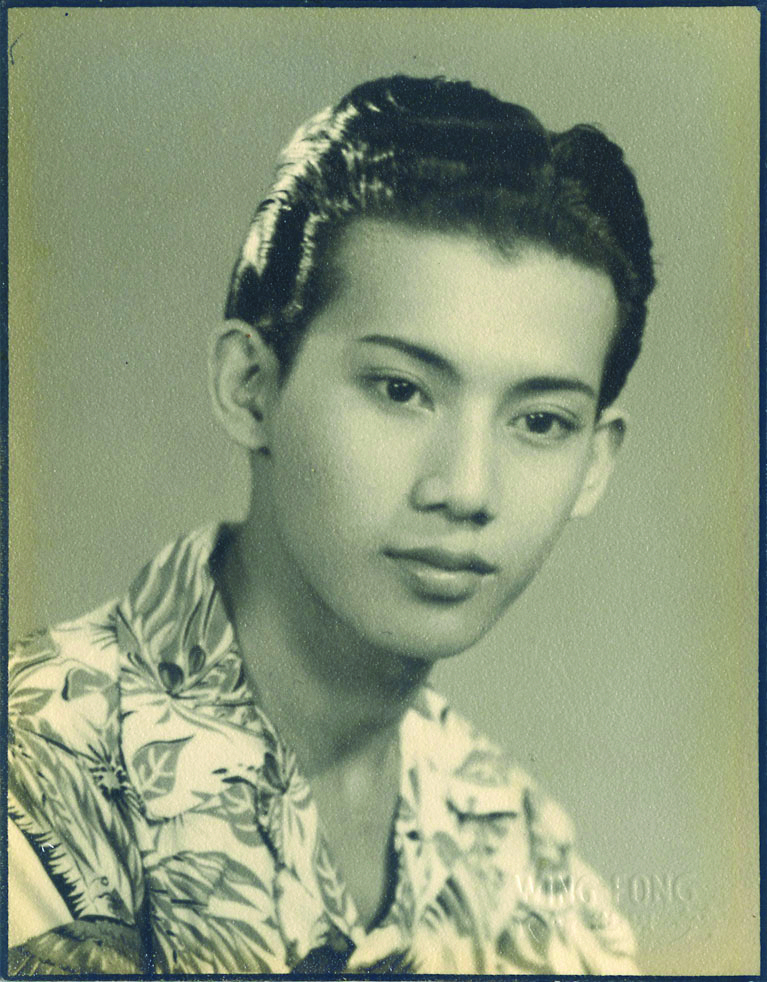
These photographs were captured from 1950 to 1980 in various studios in George Town, Penang, and put together by the Ilham Team with the help of a long-time friend of Ava’s.
In 1960, Ava began performing with the Variety Show at the New World Park in George Town and was also a part of the Penang Dondang Sayang Club. During that decade, she was a member of the ragingly-popular impersonation female group, ‘Glamour Girls.’
This performer proposes that cross-dressing entertainment was entrenched within the fabric of our society, and her photographs are emblematic of an era where, along with her peers in the transgender community, they were given the opportunity to probe their aesthesias while gifting us a spirited cosmopolitan artistic culture.
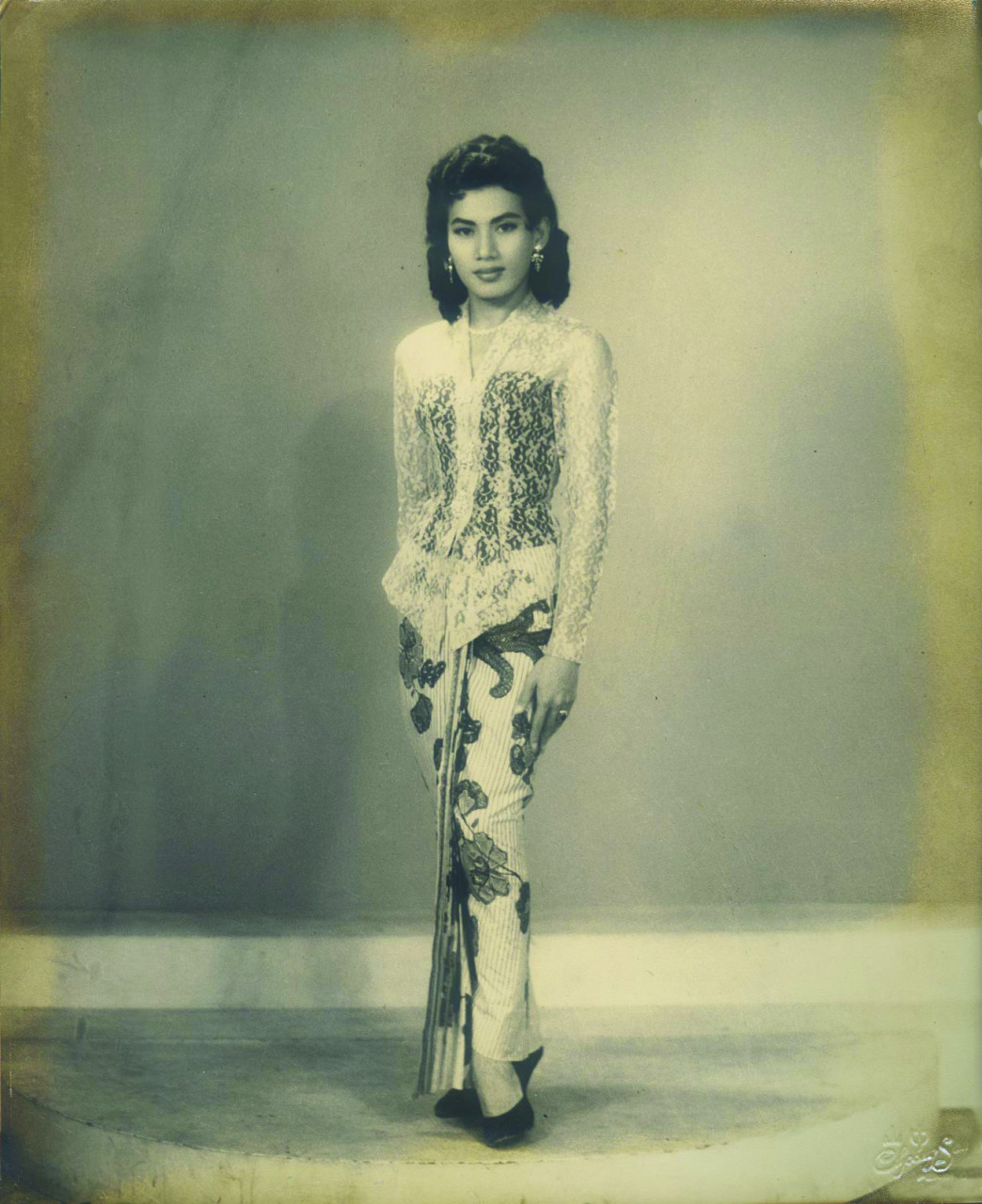
These photos were both used as presents to each other and also as mementos. But more than anything else, it was a journey towards self-affirmation, integrity and of course, adds flavour to an already existing sense of jollity.
In the 60s and 70s, the Wah Fong Photo Studio in George Town, Penang was an influential name. Yip Wai Kong (1928-2014) inherited the studio from his father, and business boomed. Their regular patronage included the wealthy and celebrities. But there is a more fascinating side to the business.
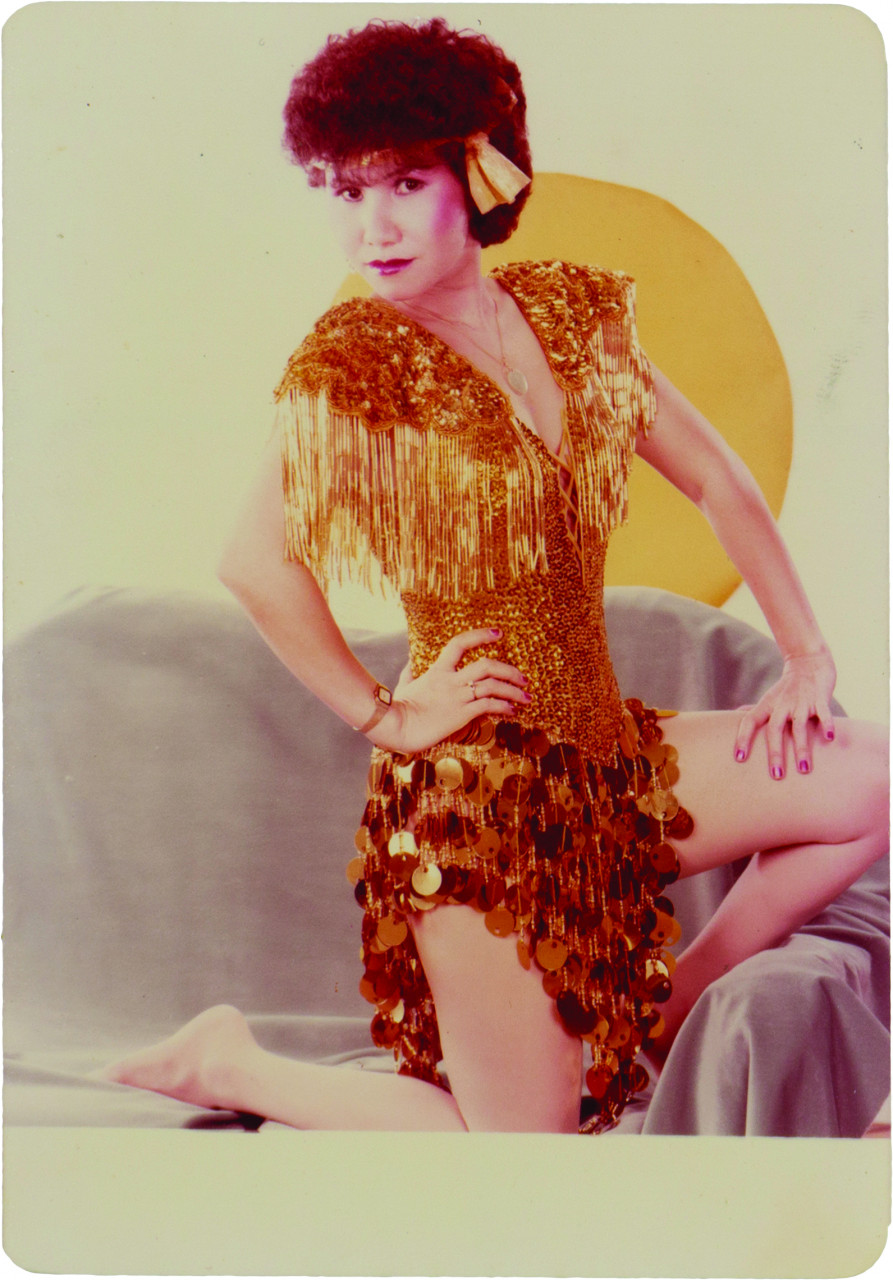
In an interview, he divulged on little-known photo-taking endeavours by society’s ‘nonconformists’ - nightclub entertainers and mistresses. These ladies of the evening would get their portraits taken in revealing regalia, and would utilise the services of rickshaw pullers to distribute their calling cards.
Another outstanding selection of photographs are those in a double compendium book, Pagan Races of The Malay Peninsula, written by Walter William Skeat and Charles Otto Blagden in 1906.
Simon observes, “The publication was not just an extensive analysis on European knowledge of Orang Asli life and culture, it was also a source of the earliest photographs of Orang Asli.
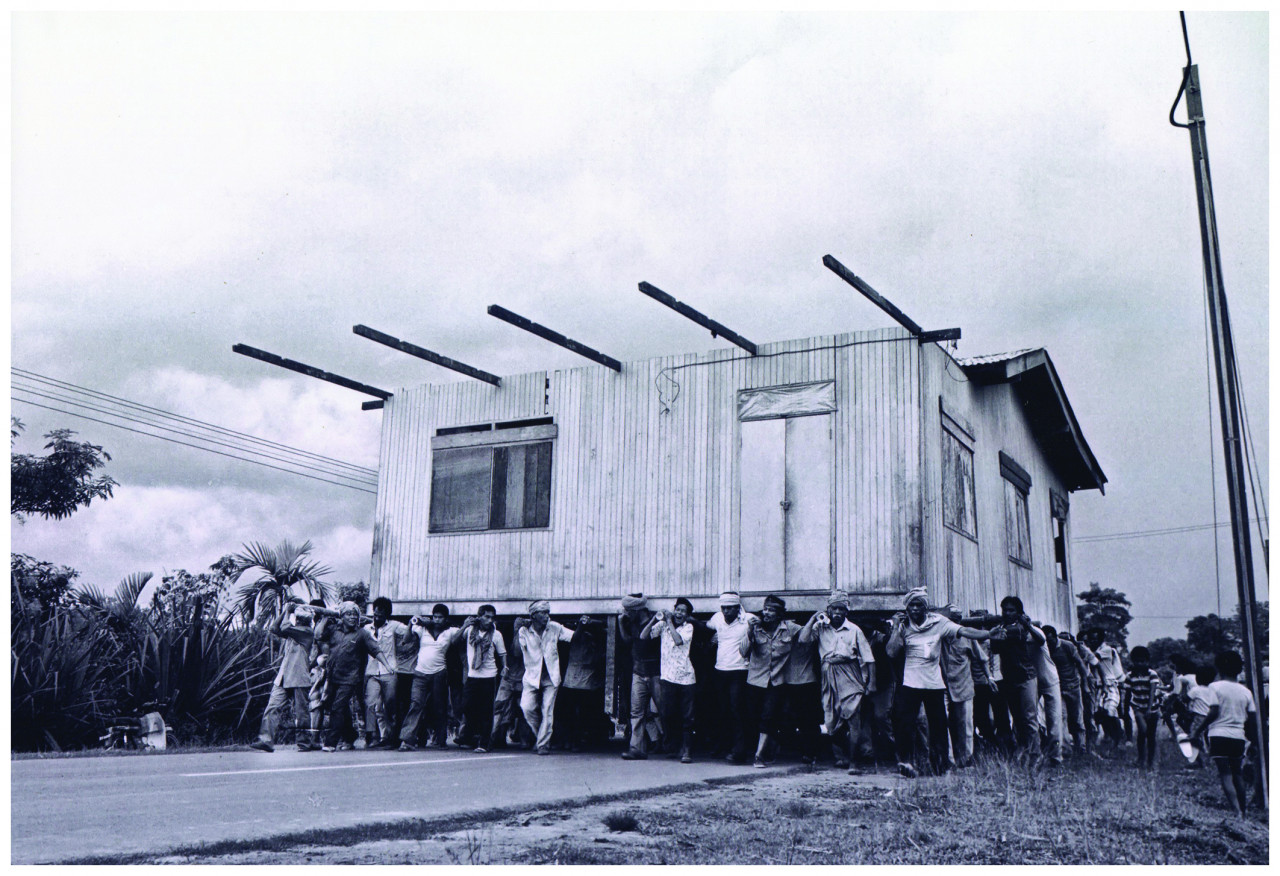
“While the text tends to interpret Orang Asli life as primeval and recessive, the photographs expose something else entirely.
“One sees accomplished Orang Asli musicians; their communication with colonial and Malay societies, and there is even a quarantine hut.
“These are shown alongside arresting portraits of diverse communities and activities, and objects which possess social and cultural impact for the Orang Asli.”
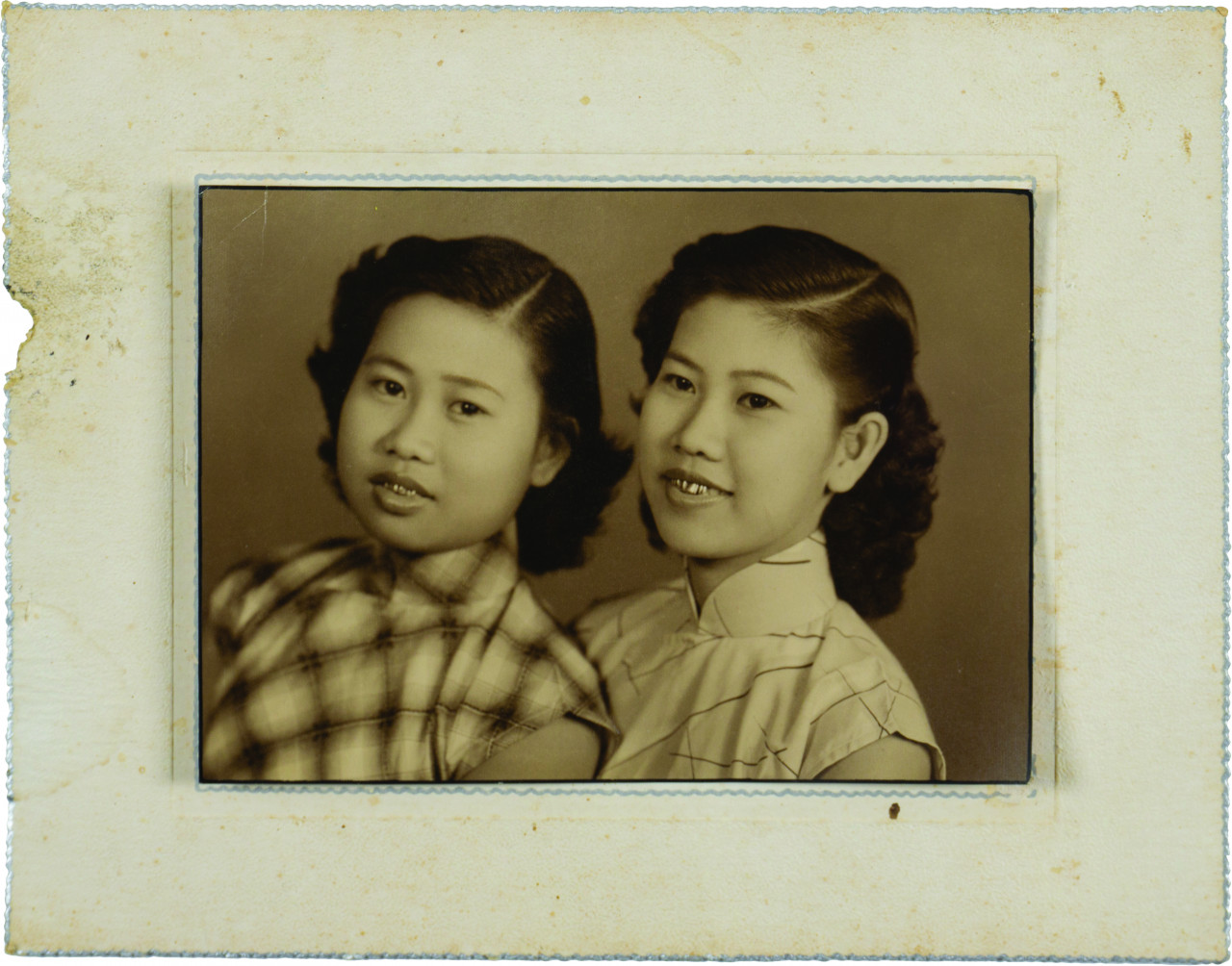
Photographs of women who had their teeth tinted gold as a sign of affluence and stature, photo montage greeting cards prevalent in the 50s and 60s, family portraits, weddings, birthdays, get-togethers are just a small part of the show.
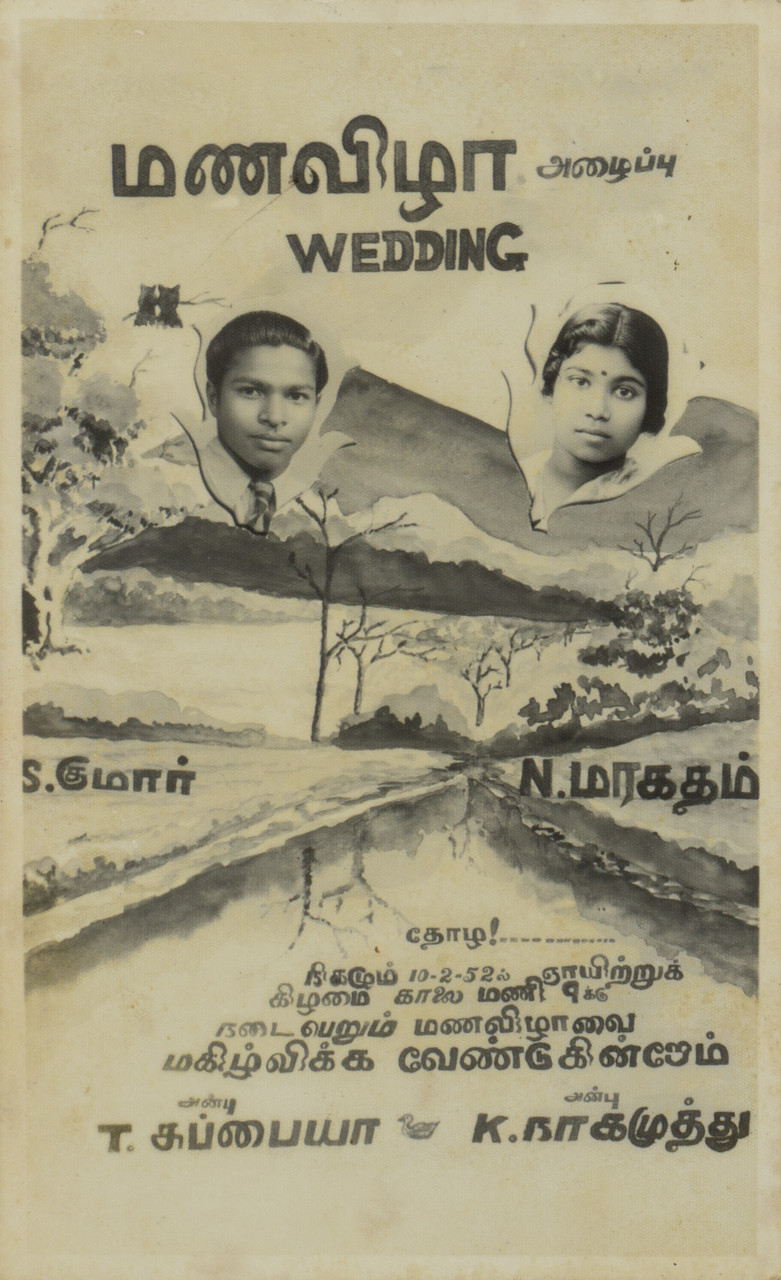
Bayangnya itu Timbul Tenggelam is like going into an actual time machine, through the transporting nature of photography, where we go back in time, we relive moments lost, we laugh, cry and contemplate - it is pure and fantastic at the same time.
If it is true that the camera ‘traps’ one’s soul once an image is captured, then Bayangnya itu Timbul Tenggelam sets every single one free. – The Vibes, November 8, 2020
Bayangnya itu Timbul Tenggelam runs until end January 2021.
Ilham Gallery reopens on November 10, 2020 due to compliance with the conditional movement control order (CMCO).
Admission into Ilham is free.
Catalogue of the exhibition can be purchased at the gift shop on the 5th floor (Tuesday - Saturday, 11am to 4pm; Sunday 11am to 5pm) for RM80.
Ilham Gallery (Tuesday-Saturday, 11am to 7pm closed on Monday and Public Holidays)
Levels 3 and 5, Ilham Tower 8, Jalan Binjai, 50480 Kuala Lumpur
T: 03 2181 3003
E: info@ilhamgallery,com
Ilhamgallery.com
The link to Curators’ tours: - http:www.ilhamgallery.com/programmes/2020-july-dec/



